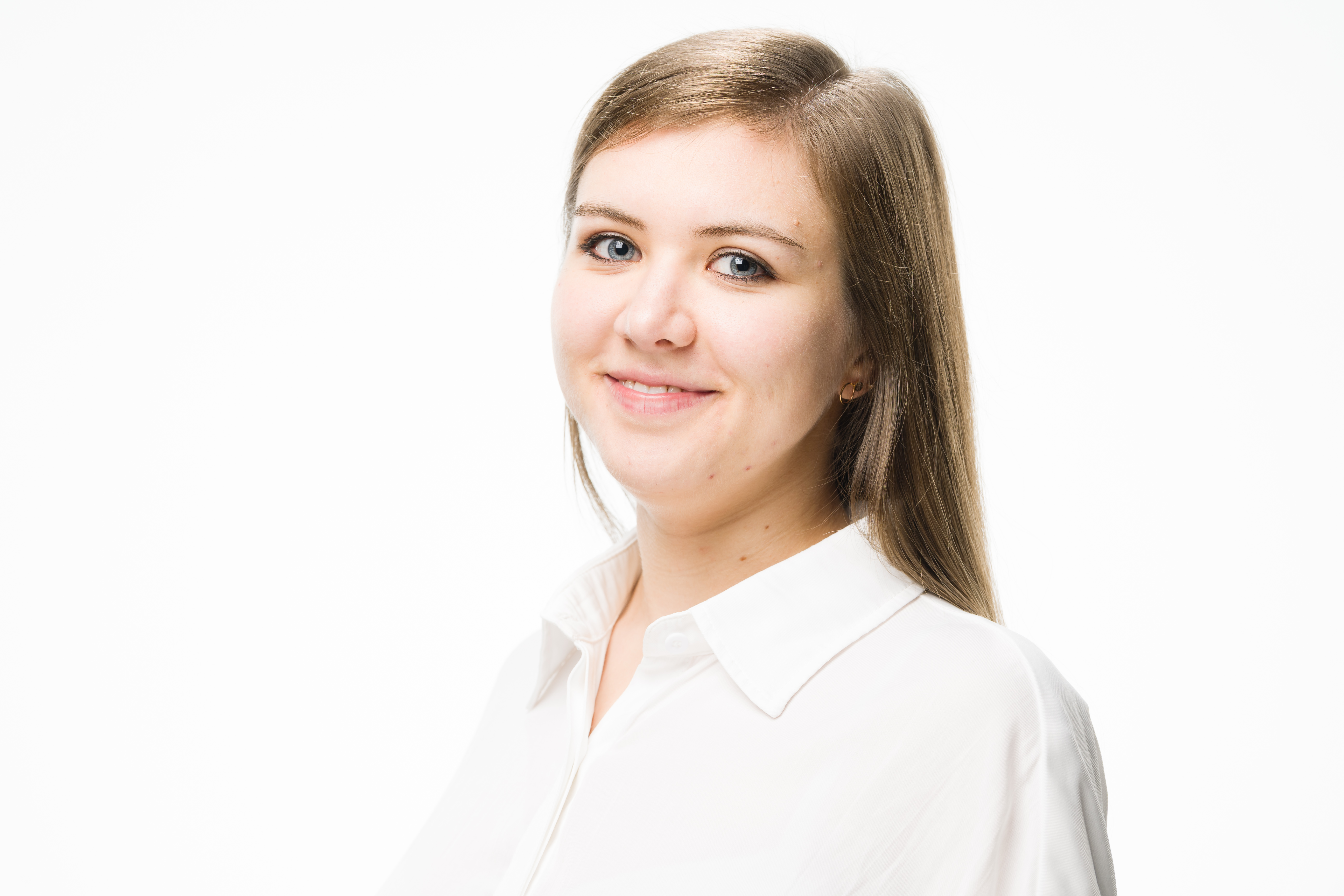Saxony5 - Smart University Grid: 2nd project phase
The Saxon Universities of Applied Sciences (HAW) in Dresden, Leipzig, Mittweida, Zittau/Görlitz and Zwickau have joined forces to strengthen research-based knowledge and technology transfer. The transfer network "Saxony5" bundles the resources and competences of the five HAW as well as of several direct partners. By means of interdisciplinary cooperation and intelligent networking, a new quality in terms of content and method is to be achieved in the transfer and thus a sustainable welfare development for the region. Saxony5 is funded over five years by the Federal Ministry of Education and Research and the Joint Science Conference as part of the "Innovative University" programme.
Quick start to Saxony5
Since 2007, the five Saxon universities of applied sciences (HAW) in Mittweida, Zwickau, Zittau/Görlitz, Dresden and Leipzig have been working together conceptually and in terms of content to fulfil their missions in teaching and research.
In the future, the research-based transfer will also take place jointly as a third mission, which will raise cooperation to a new level. The five HAWs of the Free State of Saxony bundle know-how and resources in the transfer network Saxony5 on the basis of a common transfer strategy. The self-image of the Transfer Network is a Smart University Grid for the intelligent networking of knowledge flows.
The Smart Grid, the most modern organizational form of electrical energy networks, is the godfather. In line with regional needs and the decentralised availability of special competences, the HAW are to supply the region's economy and society with knowledge and technology throughout the region through networked knowledge and technology transfer in the sense of regional knowledge service providers. The motivation for this transfer network lies in the use of synergies: a) by achieving a critical mass and b) by bundling complementary profile areas in the transfer.
Through interdisciplinary cooperation, a new methodological quality in transfer is also achieved. The probability that a technology partner from the region and an interdisciplinary HAW partner will find each other via a regional search is 100 times higher due to the area-wide network (regional factor 5), the thematic profile density (thematic factor 5) and the joint development of new transfer media and communication channels (media factor 4). The transfer network thus also increases the potential for successful transfer and innovation activities with the HAW in the region by a factor of 100.
A transfer mode is thematically overarching areas in which specific transfer tools are developed. The findings are derived from the five research areas:
o Multimedia communication
o Interactive transfer
o Experiential transfer spaces
o Transfer-related skills transfer
o Computer-assisted transfer
Saxony5 contains three transfer fields with a total of nine implementation projects:
Transfer field "Production"
o "Resilient Manufacturing" (basis: Co-Creation Lab "Factory of the Future" from the first funding phase of Saxony5)
o "Laser-based Manufacturing in Construction"
o "Ambient Assisted Living" (AAL)
Transfer field "Energy"
o Expansion of the laboratory "CELSIUZ" at the Zittau/Görlitz University of Applied Sciences (HSZG) as a Decision Theatre
o Expansion of the transfer room "ubineum" and the transfer laboratory "E-Mobility and DC House Networks" at the West Saxon University of Applied Sciences Zwickau (WHZ) as demonstrator platforms
Transfer field "Environment"
o "Sustainable Business Hub" as a regional and digital contact point for further education and co-creative value creation in the CELSIUZ at the HSZG
o "Transfer Center for Biodiversity Saxony (Biozentra)" as an extension of the existing co-creation lab "Biodiversity and Agriculture" from the first funding phase of Saxony5
o "Ecological Water Development" as a platform for the bundling of actors for sustainable, water-related technologies for water protection
o "Sustainable Construction" as a regional contact point for resource-saving construction, sustainable and innovative construction and materials, and substitution/elimination of critical chemicals
The "Innovative University" funding initiative of the Federal Ministry of Education and Research (BMBF) is aimed at universities that already have a coherent strategy for their interaction with industry and society as well as structures and experience in the transfer of ideas, knowledge and technology. The funding gives them the opportunity to do so,
- strategically develop and implement their profile in the transfer of ideas, knowledge and technology throughout the university or in selected thematic areas of the university,
- to optimize their transfer structures,
- to strengthen their networking with the regional environment,
- to strategically align established instruments for the transfer, and
- in particular to develop innovative forms of cooperation with the economy, culture and society.






